For the past 15 to 20 years, there’s been a long-running infomercial in America for the “Magic Bullet” blender. It plays all the time, particularly late at night, so if you’re a night person you probably have fond memories of this commercial. I certainly do, anyway.
Anyway, I’ve been watching Japanese infomercials a lot lately, and realized that the Magic Bullet informercial played all the time in Japan too – it’s even got a weird fan following just like we have here! So I thought I’d take a look at both versions of the commercials to see what changed during the localization process into Japanese.
Videos
First, here are both versions of the Magic Bullet infomercial. Note that the American one is a little glitchy at first but only for the first 20 seconds or so.
Differences
I’ve never compared infomercials before, so I’m not sure how to do it here. The biggest, most obvious difference involves the different food showcased in each video, so let’s focus on that.
American Version
The American version of the Magic Bullet infomercial goes very heavy on the idea that it can make party foods, snacks, desserts, and drinks. It cuts between two main things: the narrator listing some foods that you can make, and the party hosts showing off food you can make. By the end you’re probably hungry and want to shove food into your mouth.
Here are some highlights, most of which aren’t found in the Japanese version:
Japanese Version
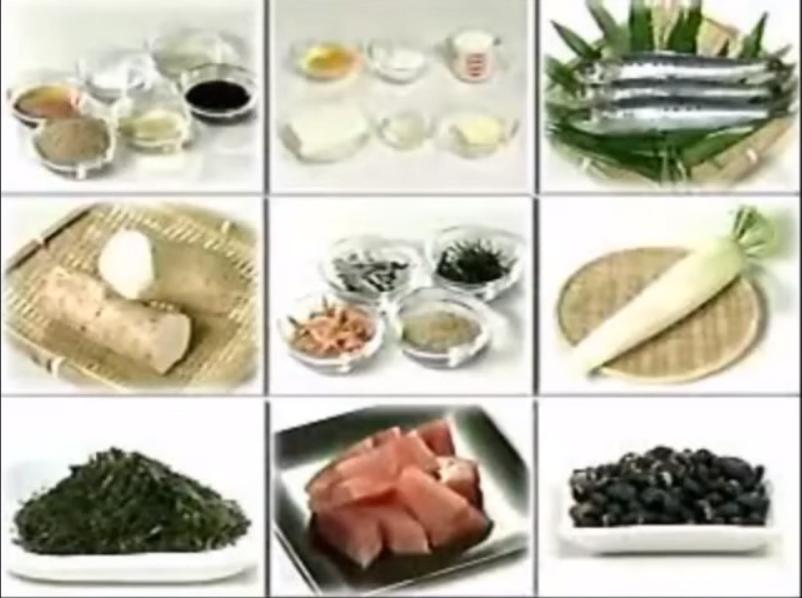
Healthy, Japanese-style foods were inserted into the infomercial in place of the American junk food, which is completely understandable – things like quesadillas and nachos aren’t exactly common household foods in Japan, after all.
These new Japanese foods use new footage and writing to replace the existing narrator stuff. New music was added, graphs and charts were added, and new detailed ordering instructions for Grandma were included. The remaining party host sections were dubbed into Japanese, which is a delight to hear. I love Japanese dubs of foreign infomercials – they add a whole new dimension of entertainment.
Anyway, here are some highlights from the Japanese infomercial, most of which aren’t found in the American version:
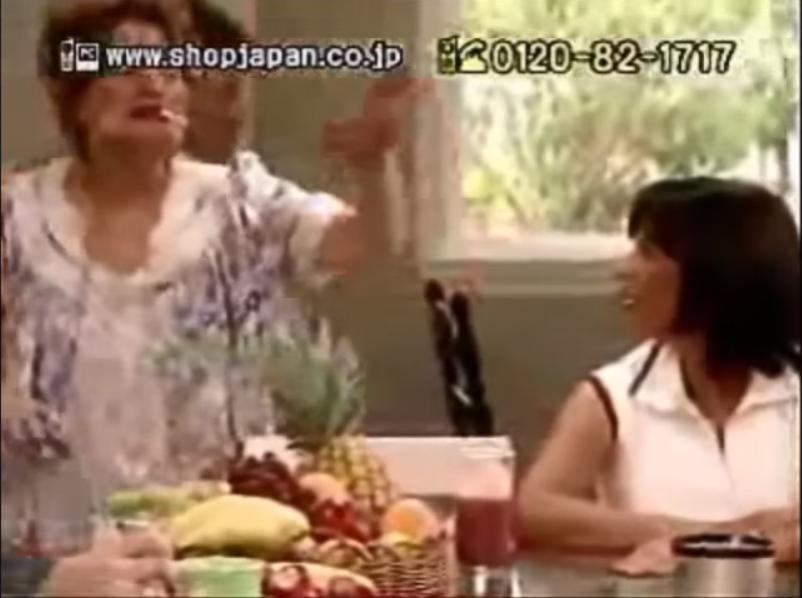


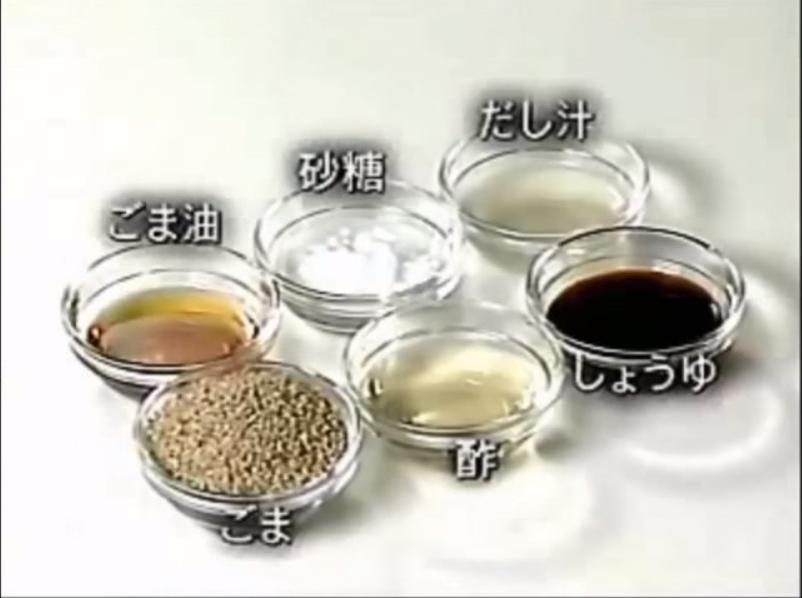
From all this, we can clearly see that the Magic Bullet is marketed in a different way in Japan.
Also, on top of this long infomercial, the Japanese company behind the Magic Bullet has produced some of its own promotional videos. They’re not very interesting, but here’s an example involving a Japanese family:
If you aren’t used to the Japanese infomercial “vibe”, you might even mistake this for an actual TV show!
Commonalities
Not everything was changed for the main Japanese infomercial, though. Some of the original American foods stayed, including:
- Mixed berry smoothies
- Omelettes
- Fresh coffee
- Chocolate-chocolate chip peppermint shake
- Fruit & vegetable juice
- Salsa
- Pesto sauce
- Alfredo sauce
- Fresh sorbet
Most of these foods are pretty healthy or refreshing, which is probably why they were left in the Japanese version. I’m surprised the chocolate shake stayed in, though. And for the vegetable juice one, they even dubbed the line about tricking kids!
Summary
Going into this comparison, I didn’t really know what to expect. But it’s clear that a lot of time and effort was put into transforming the Magic Bullet infomercial into something palatable for Japanese audiences. I would’ve loved to see how all these changes were decided and how the new content was created. I never really thought much about how products like this have to be marketed in different ways for different countries, so I feel like I’ve learned some new things – hopefully you have too.
I’m still not very interested in the product itself, though. I guess I’m not in the target audience in either country.
This was a strange article, so if you liked it, here's another strange one I wrote - and it even features more Japanese commercials!


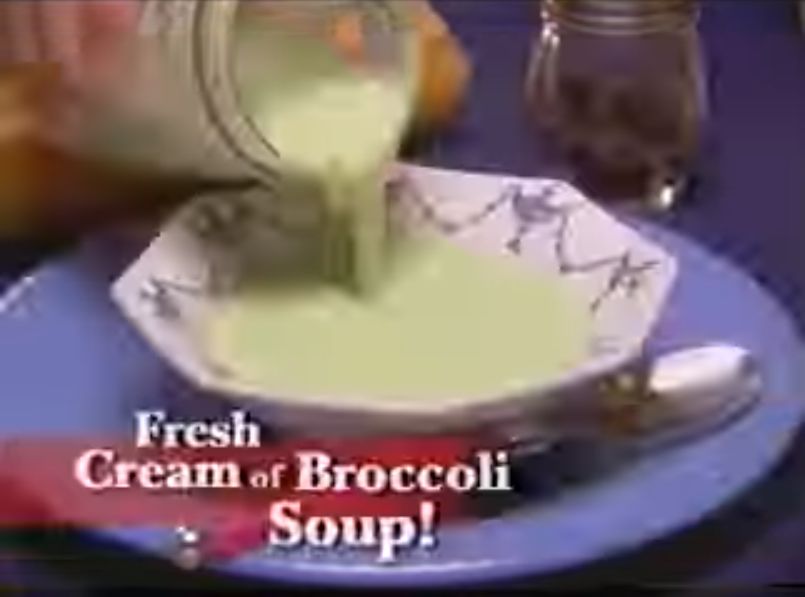
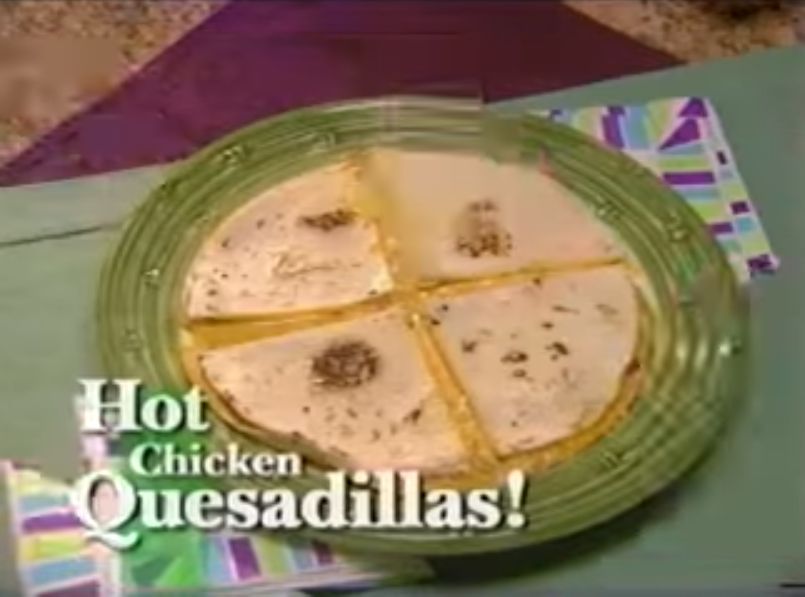

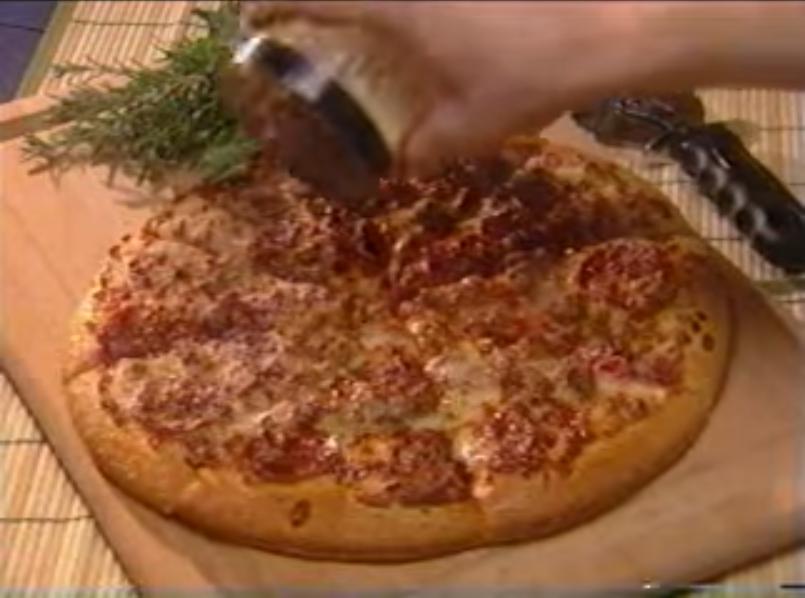
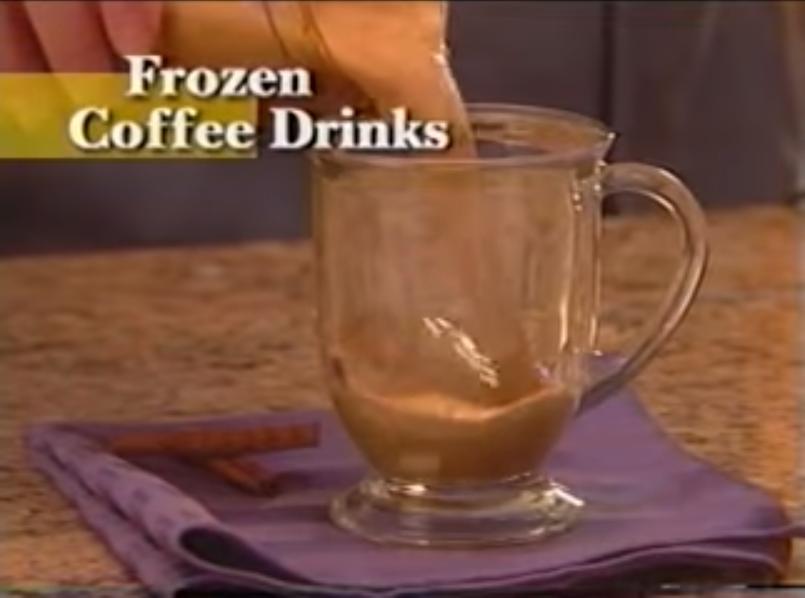
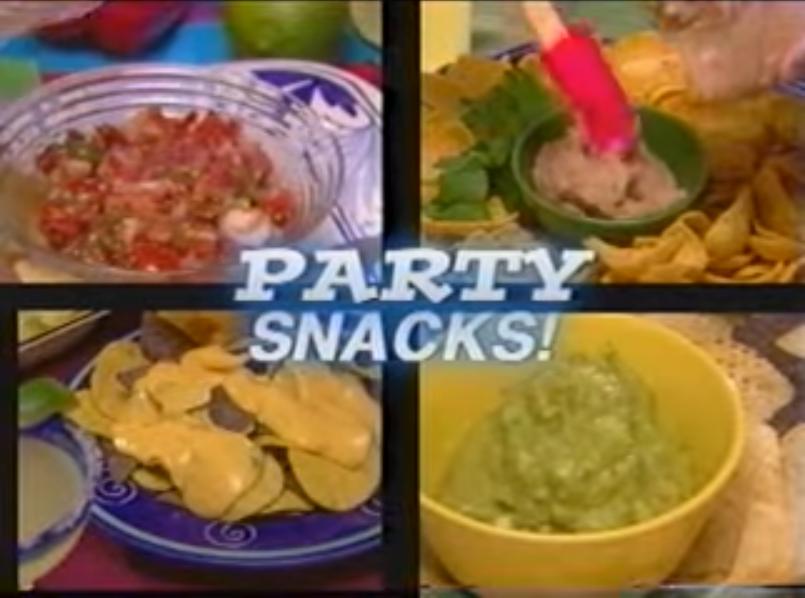
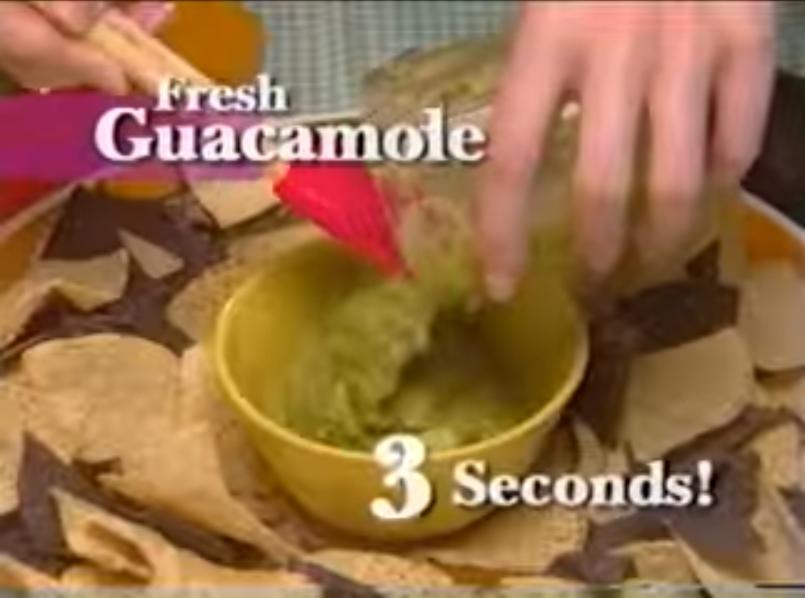


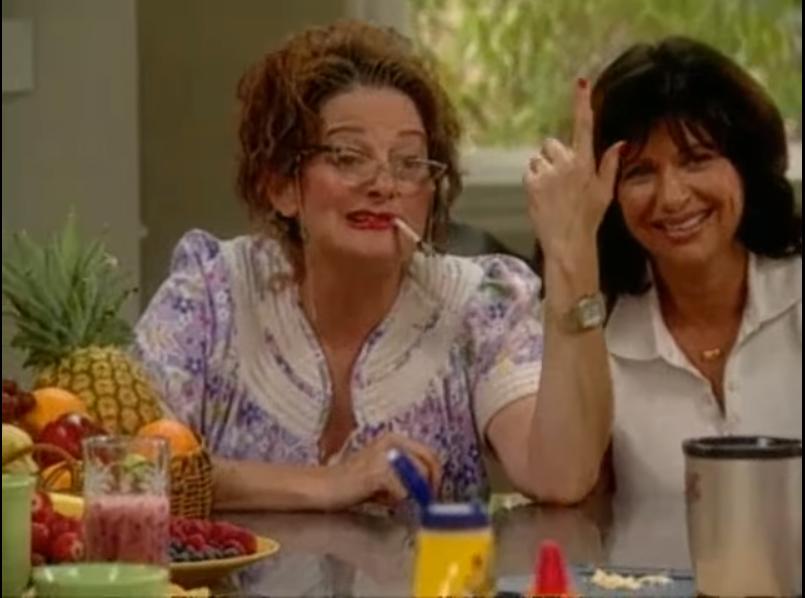
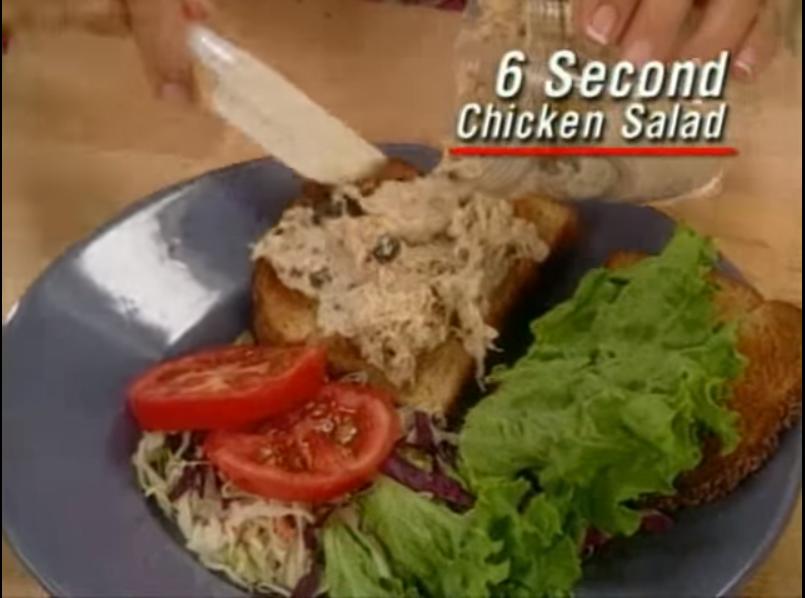
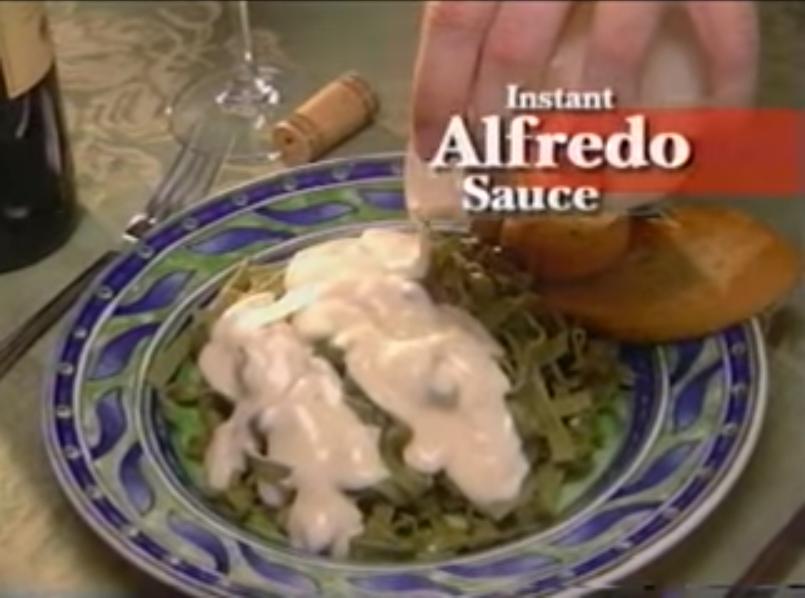
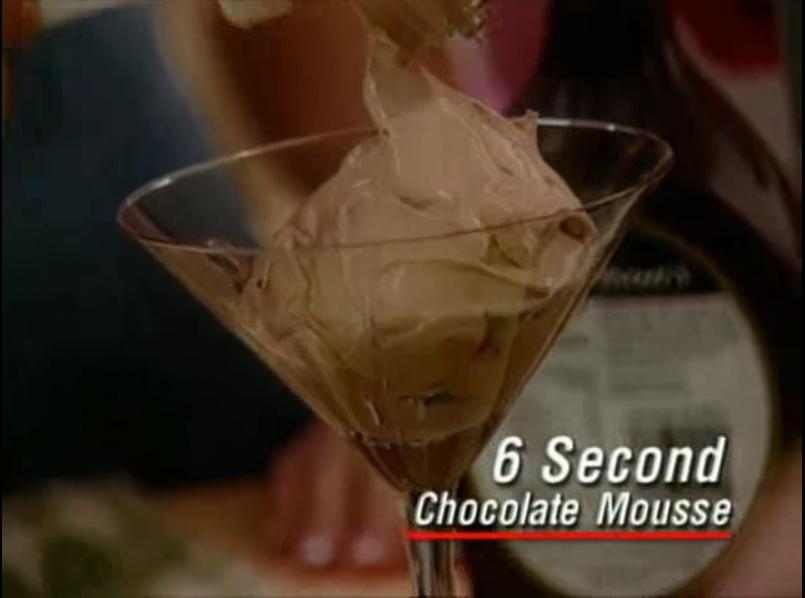
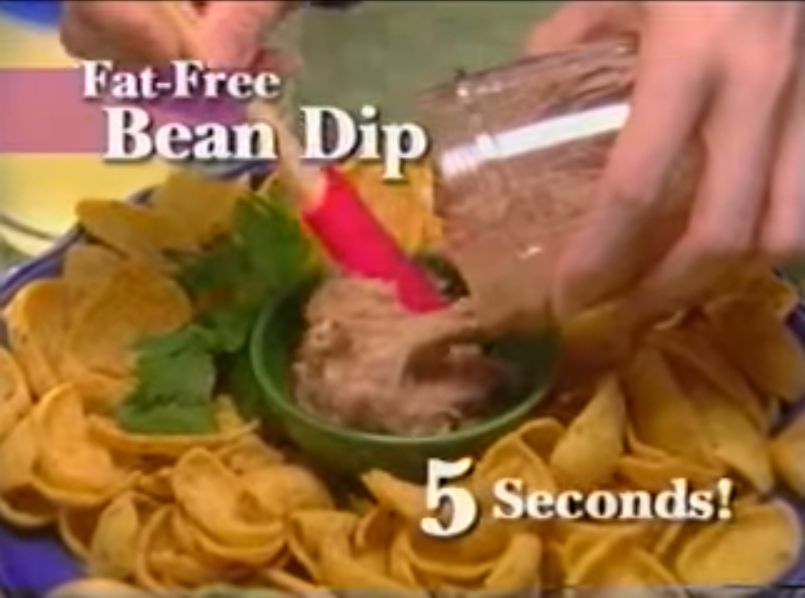


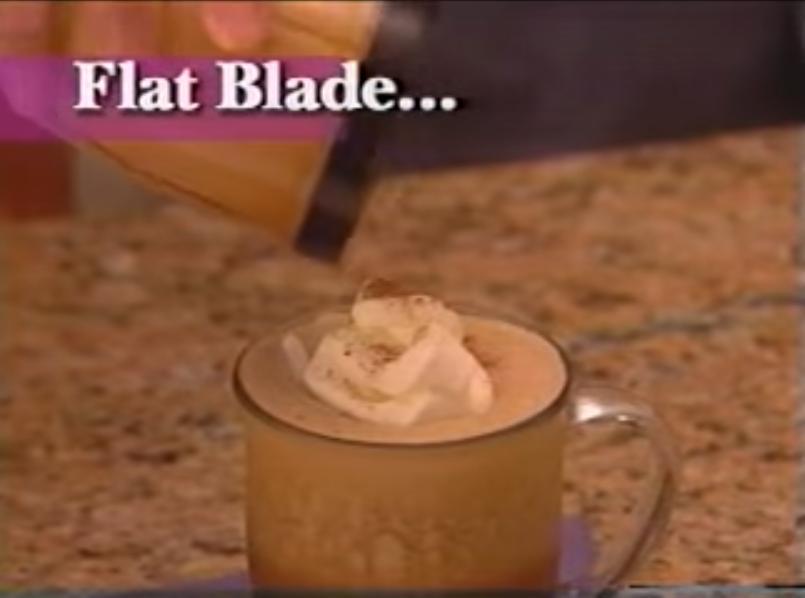
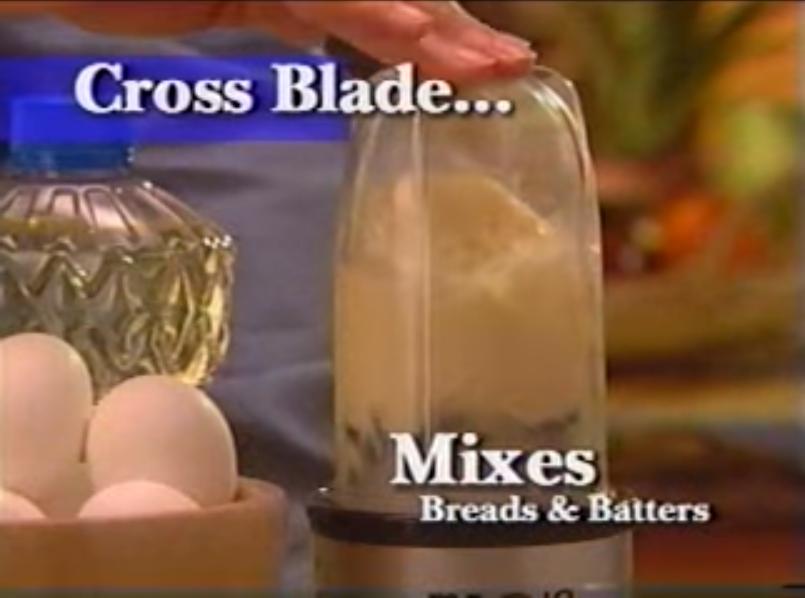

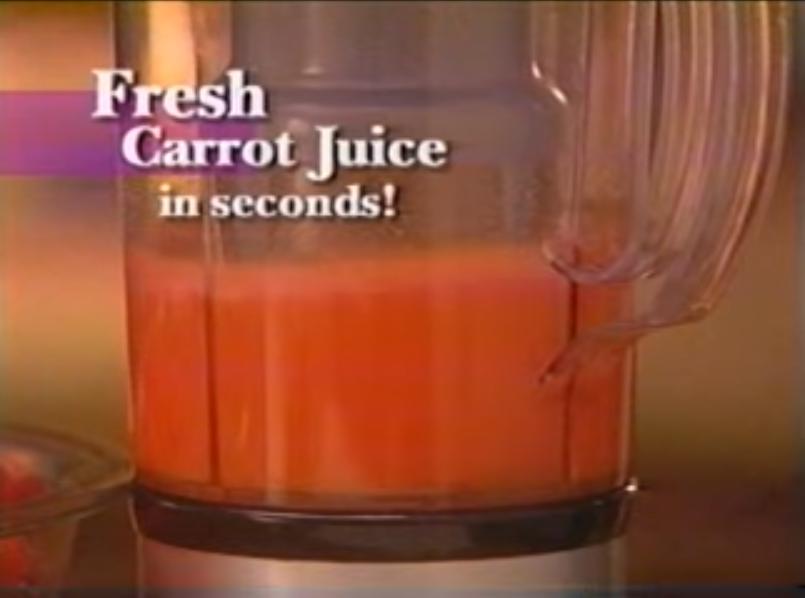

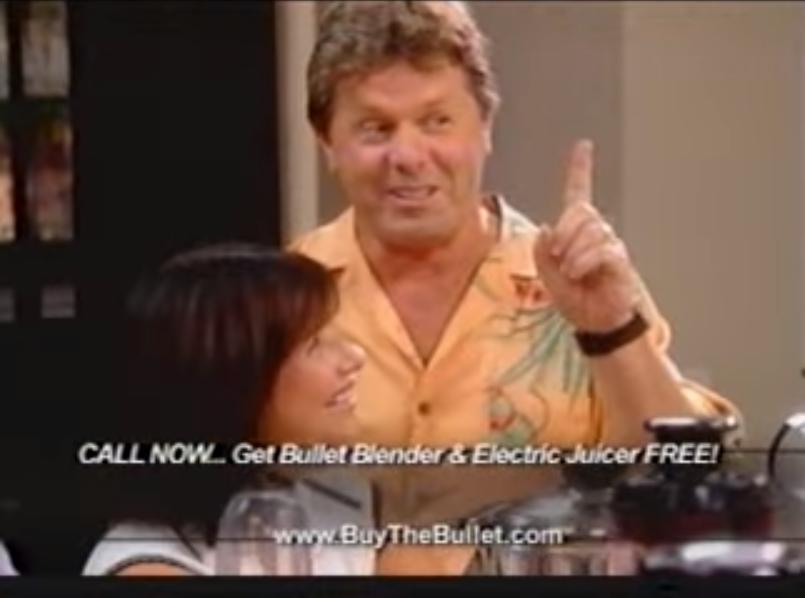
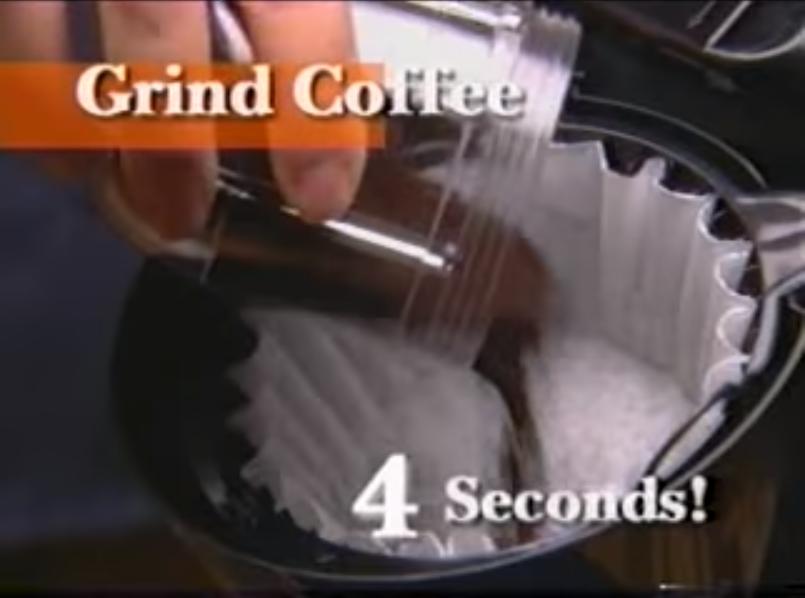
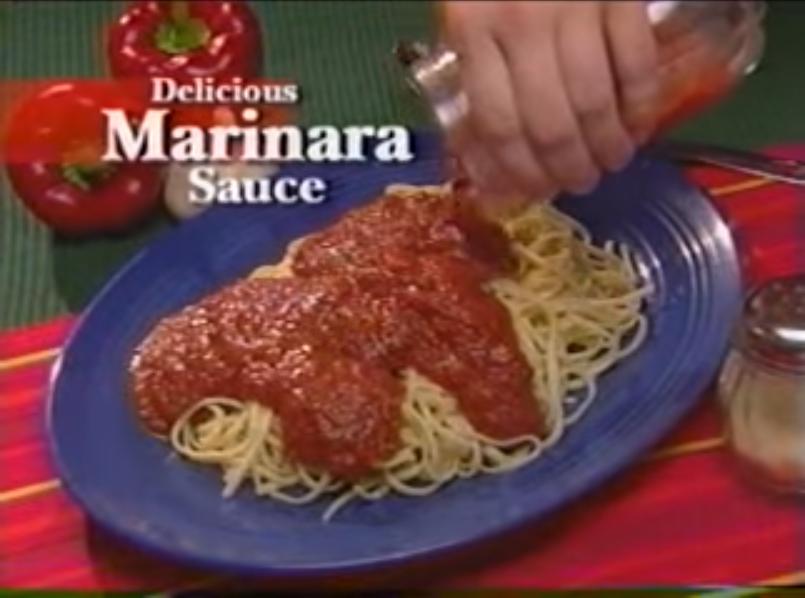

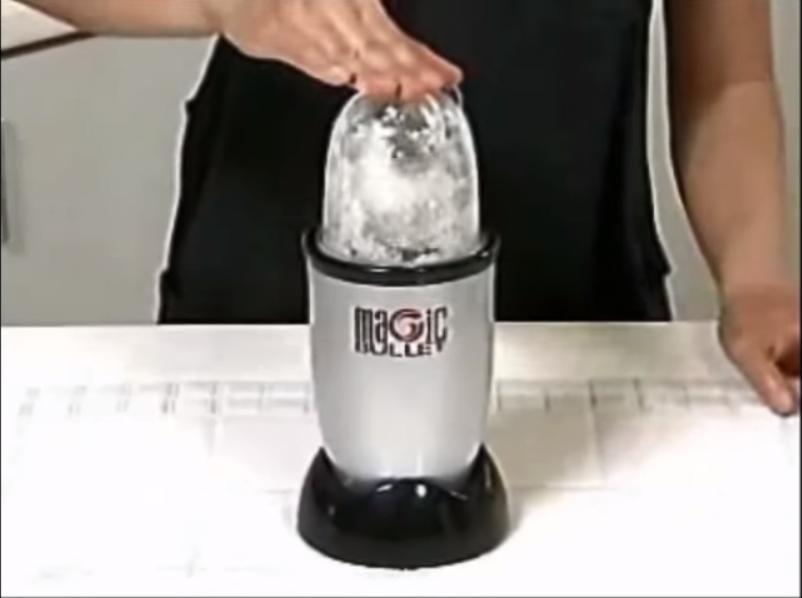
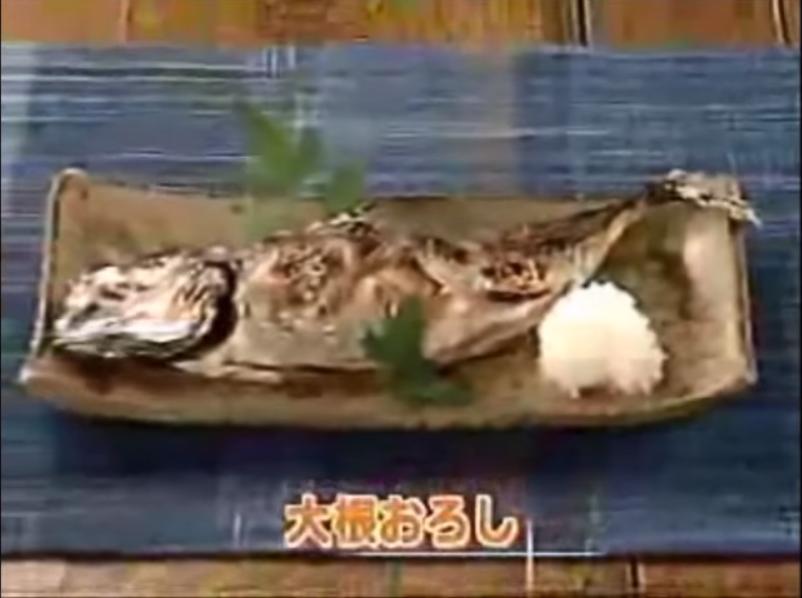
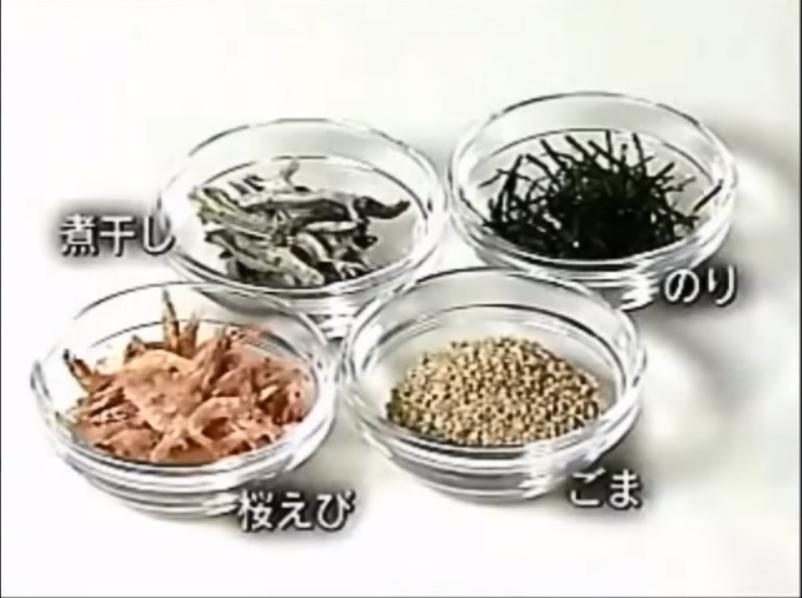
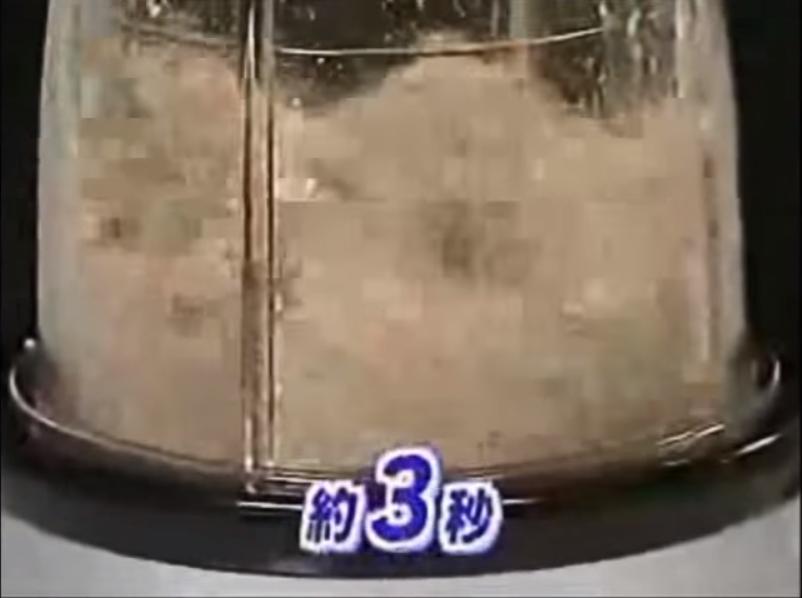


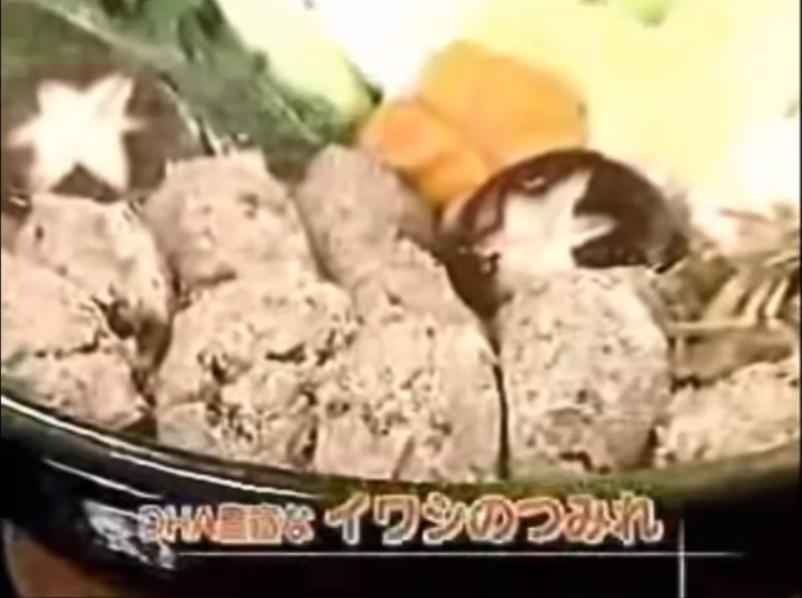
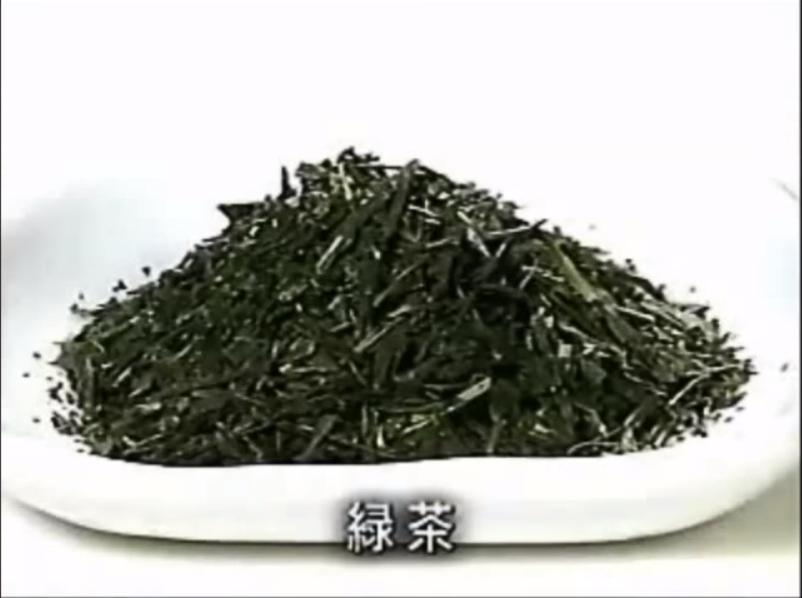
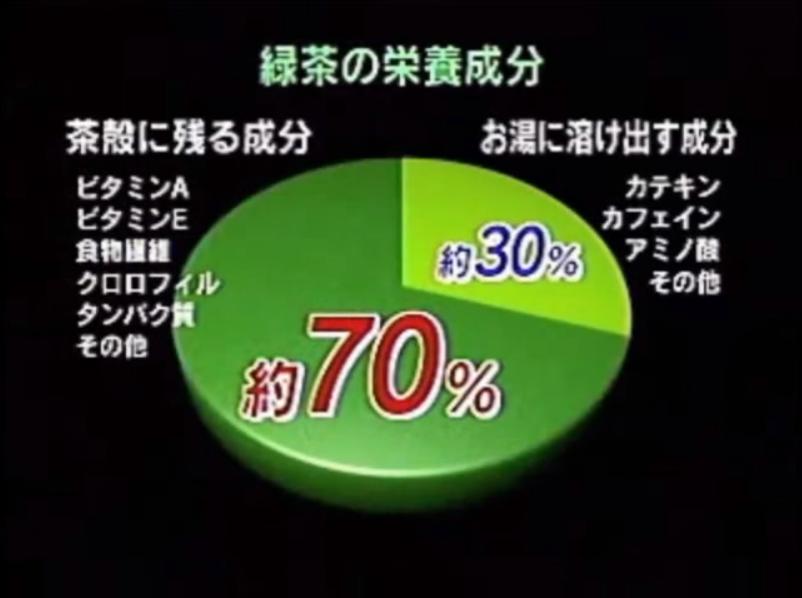
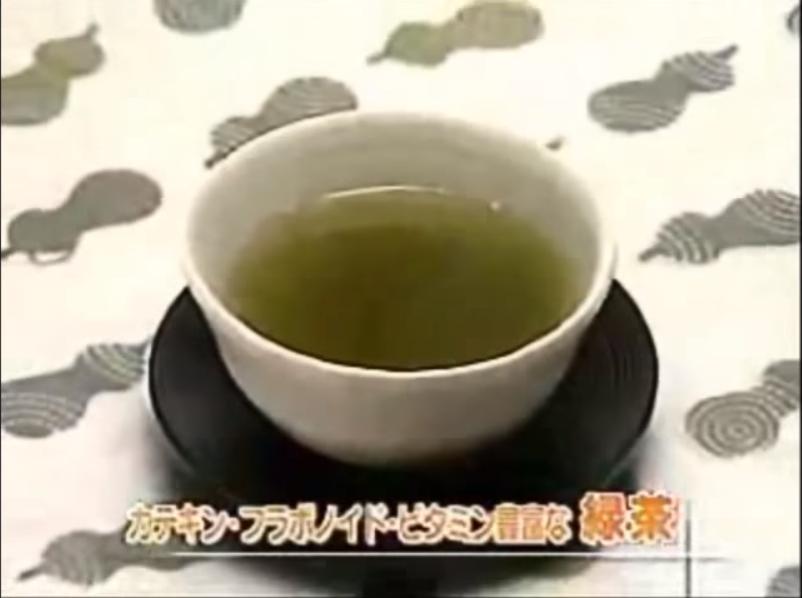
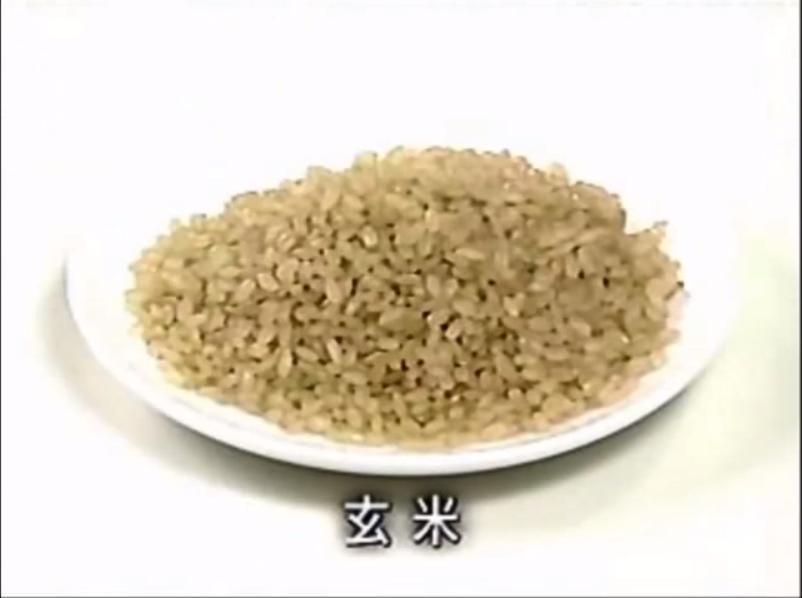
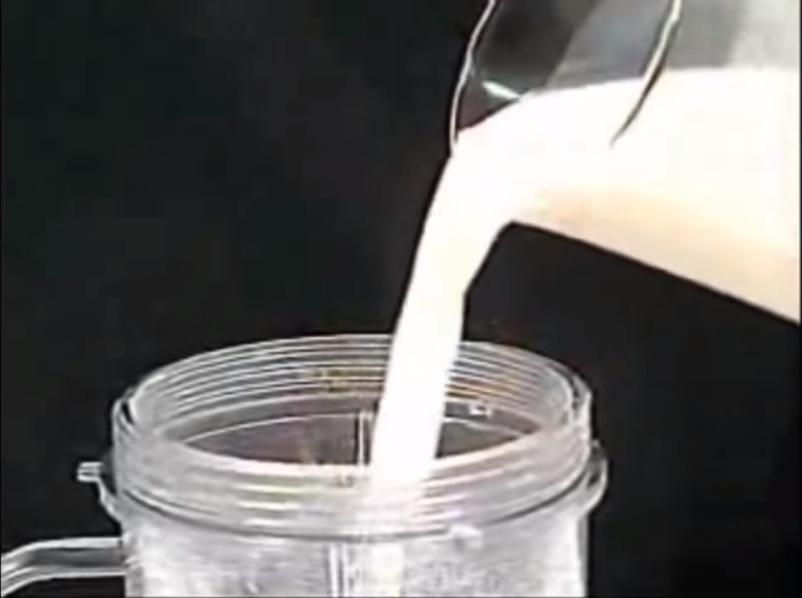
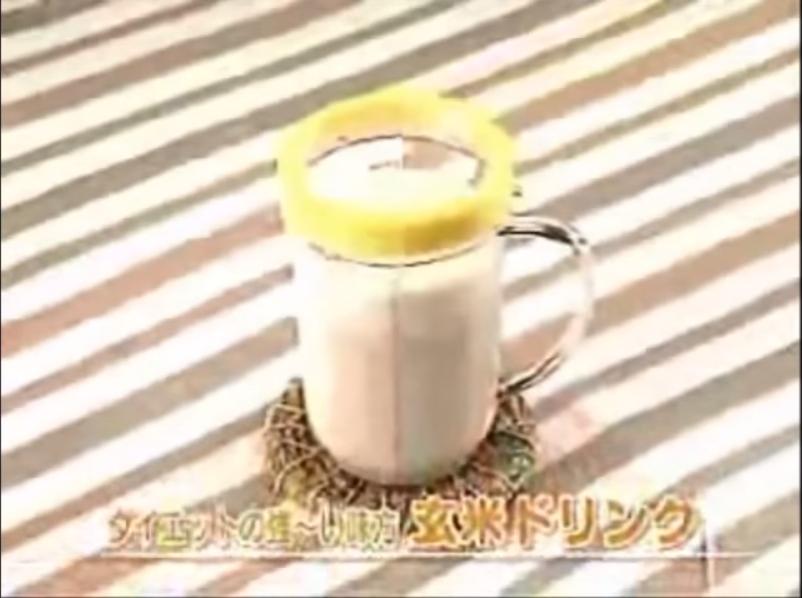
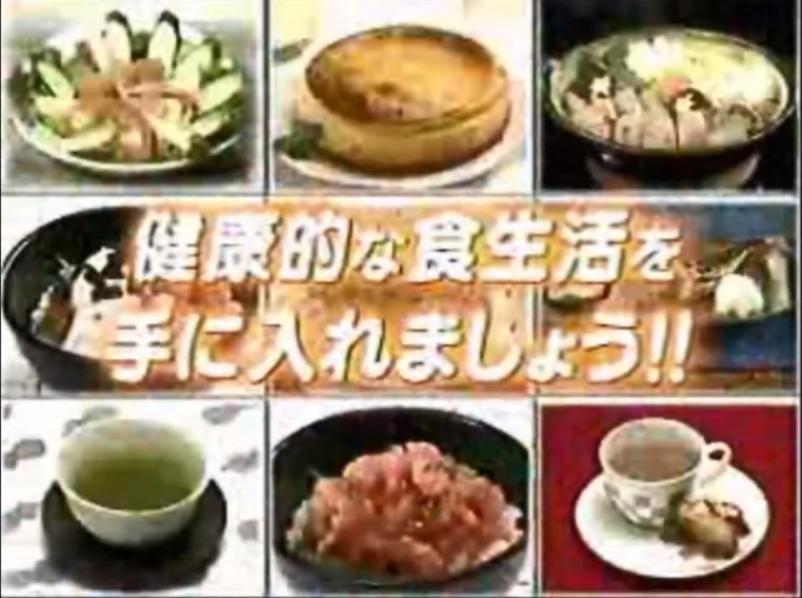
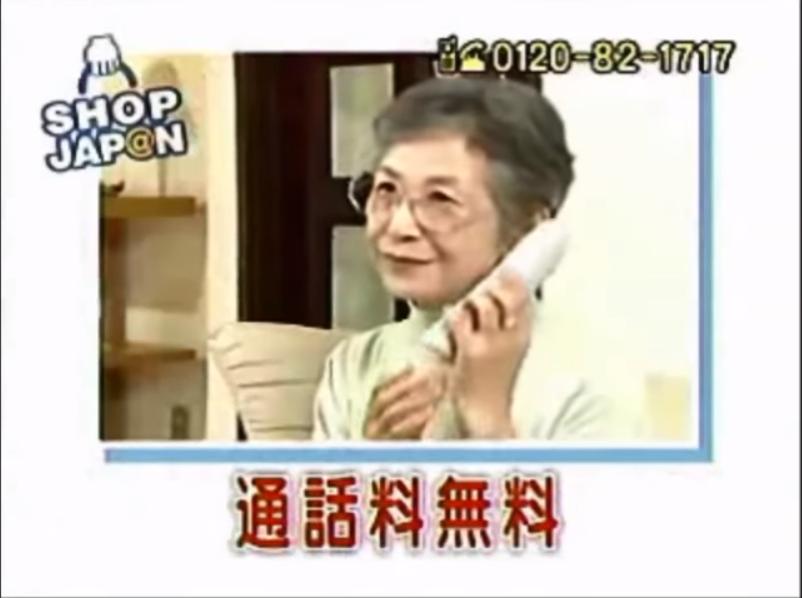
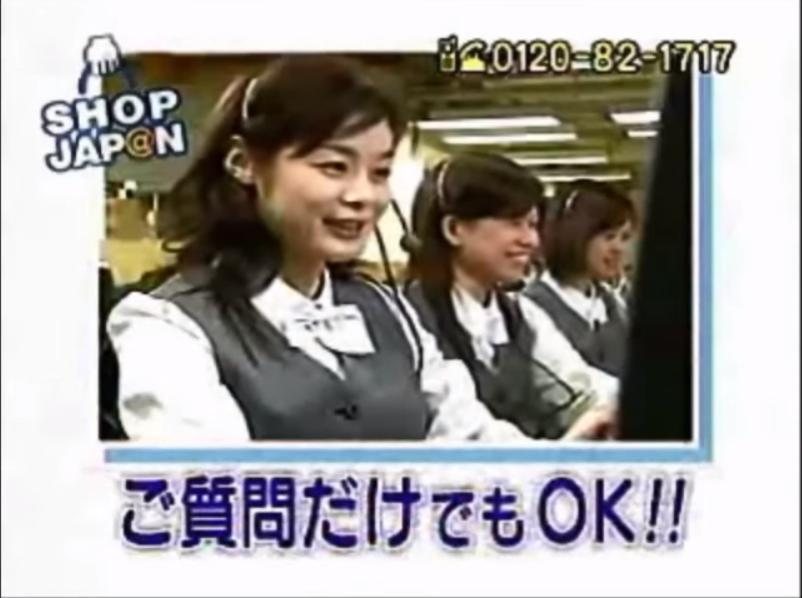
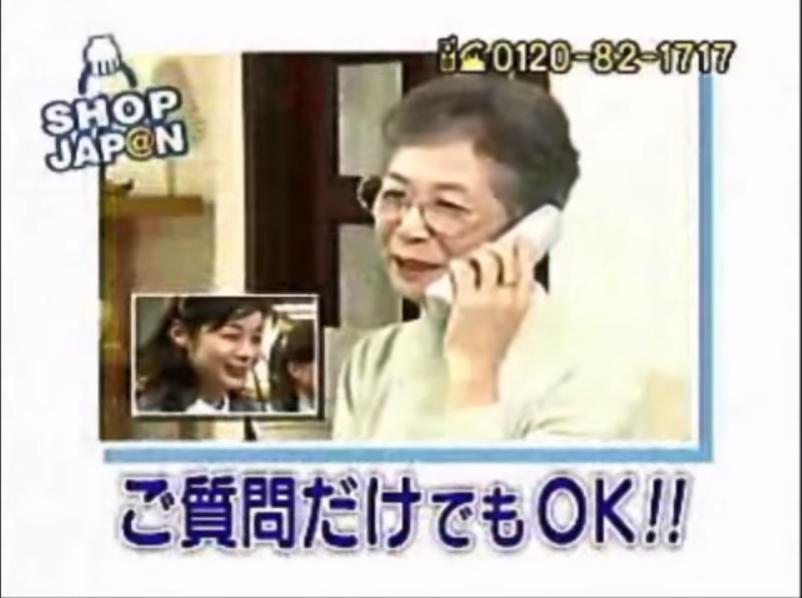
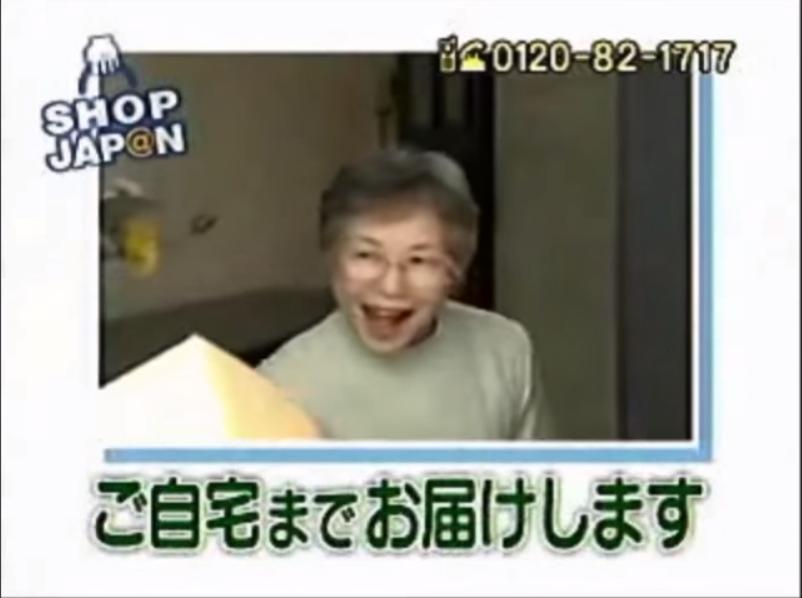
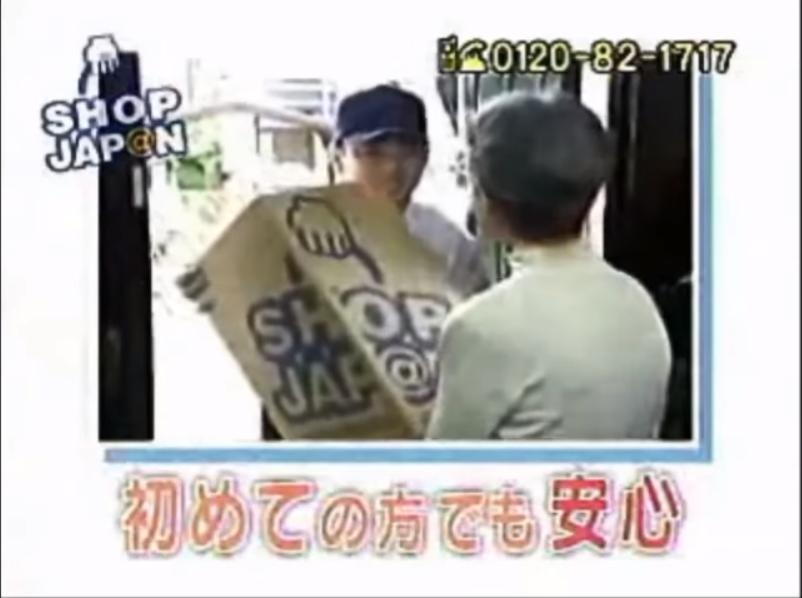
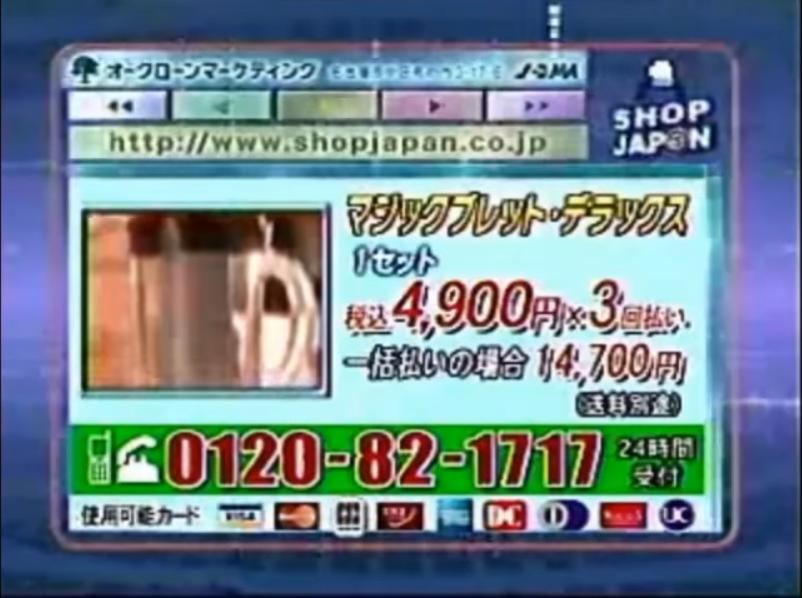
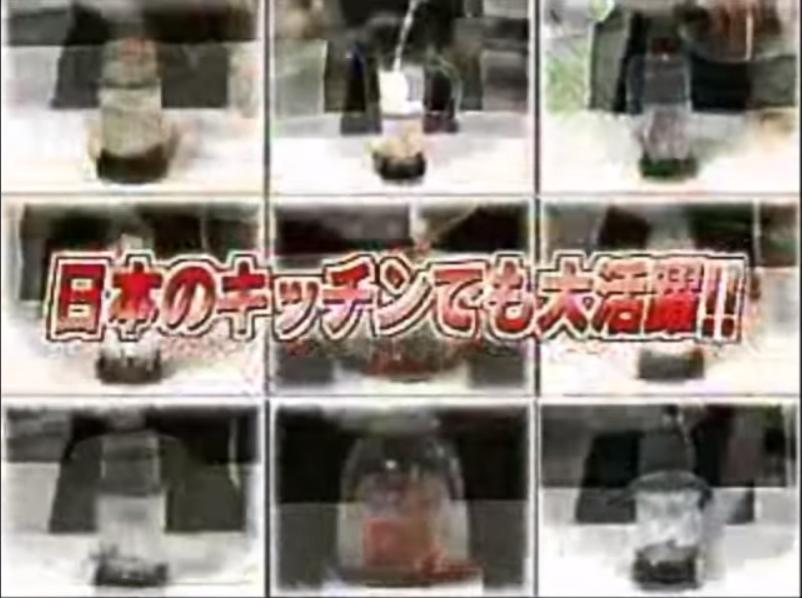
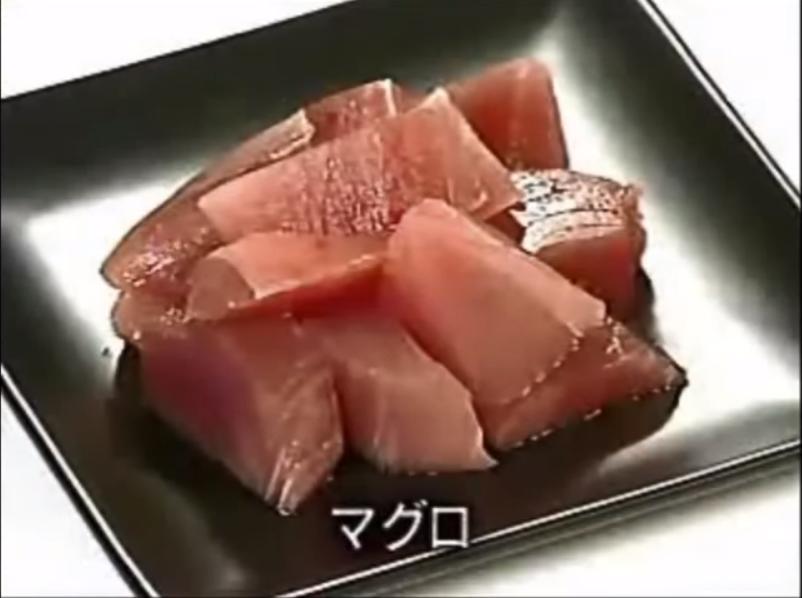

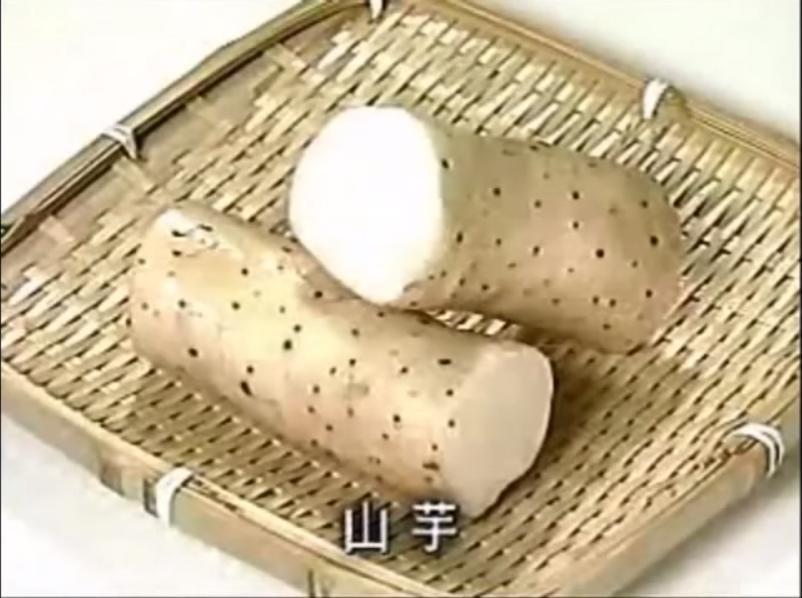
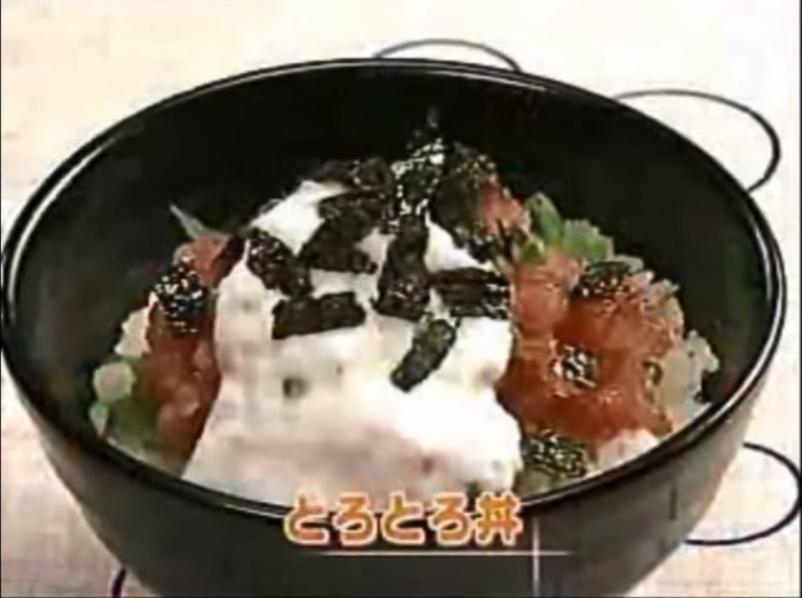
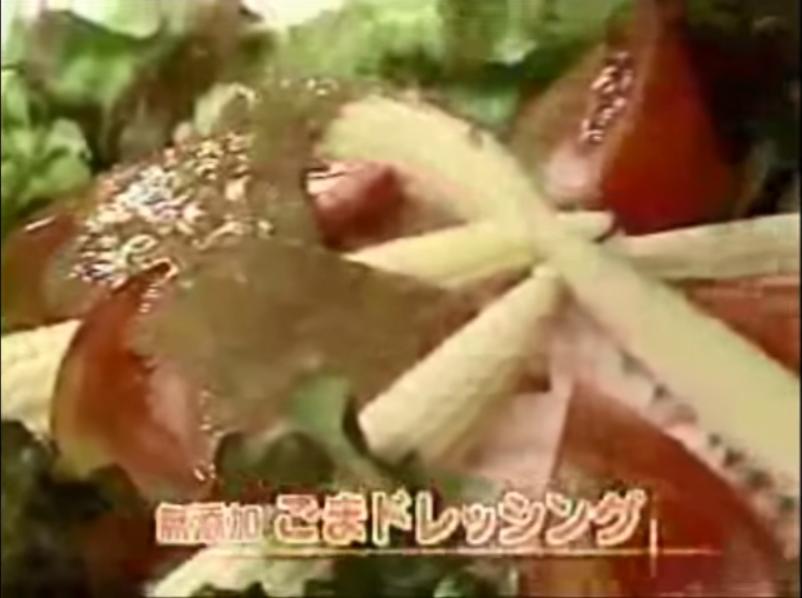

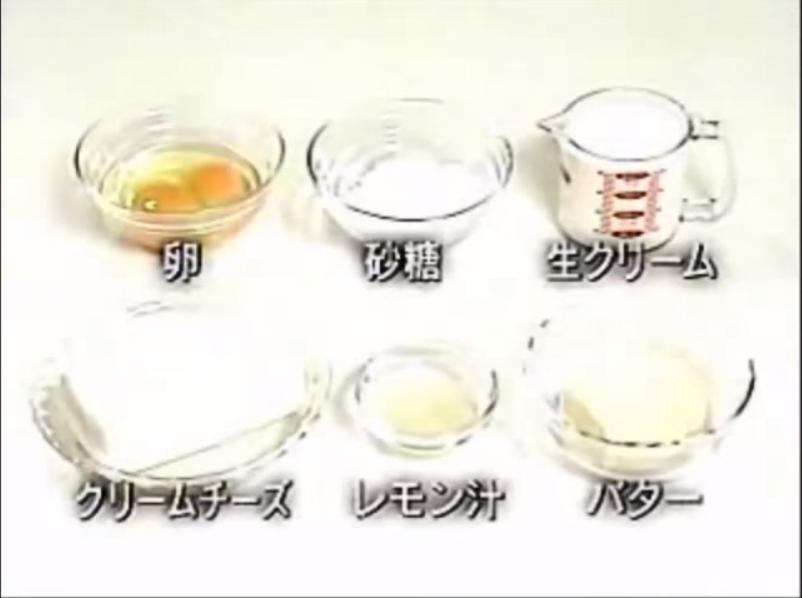
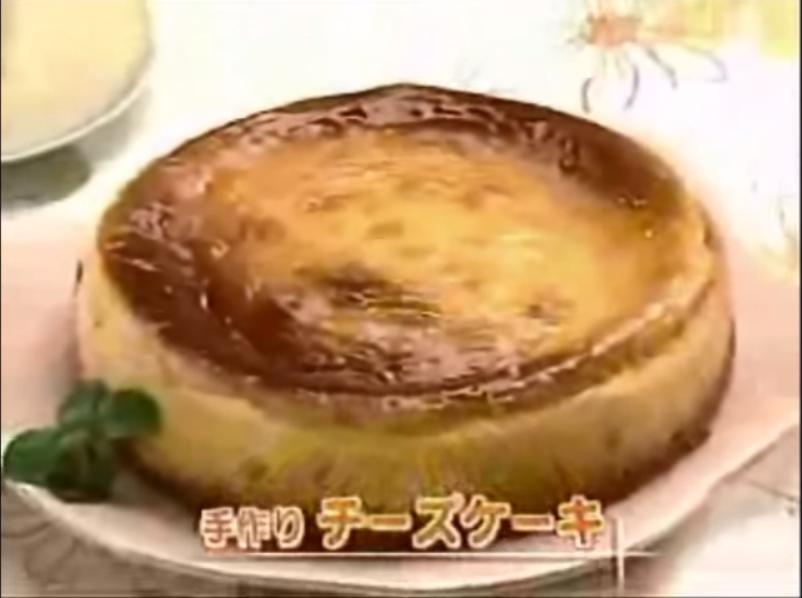
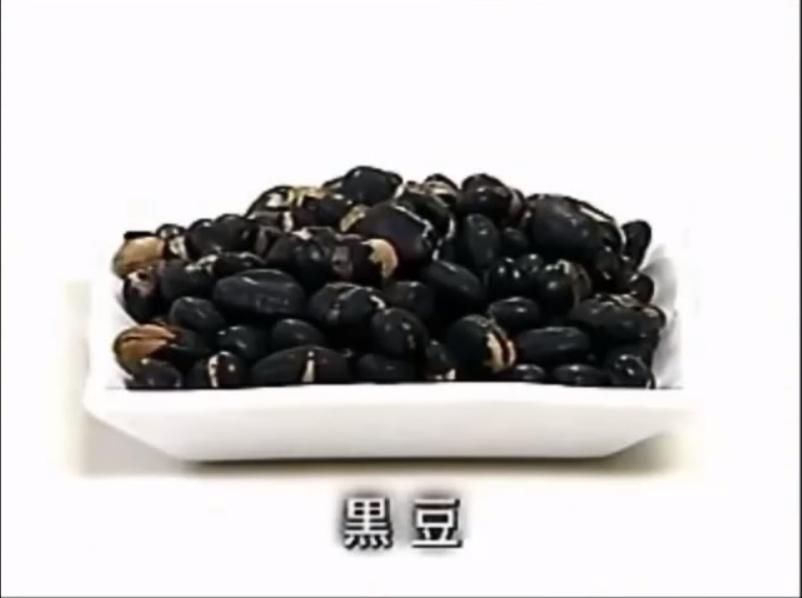
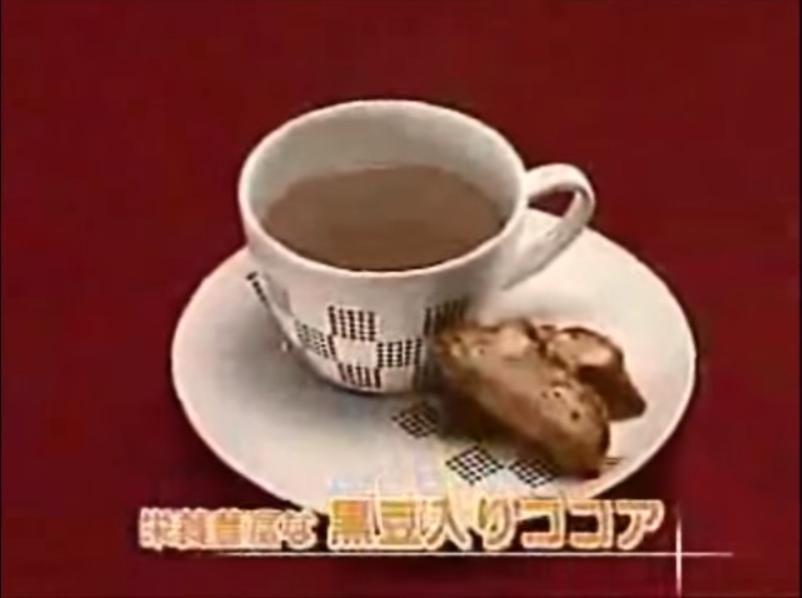


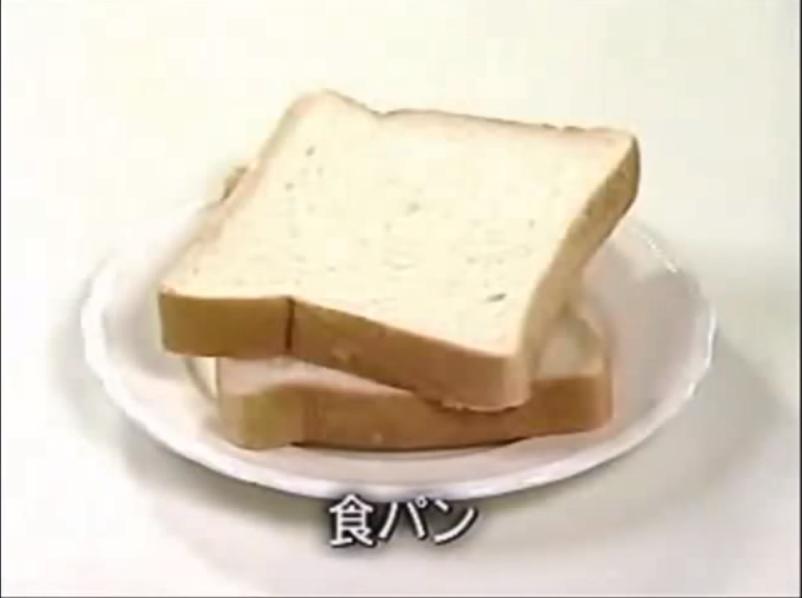
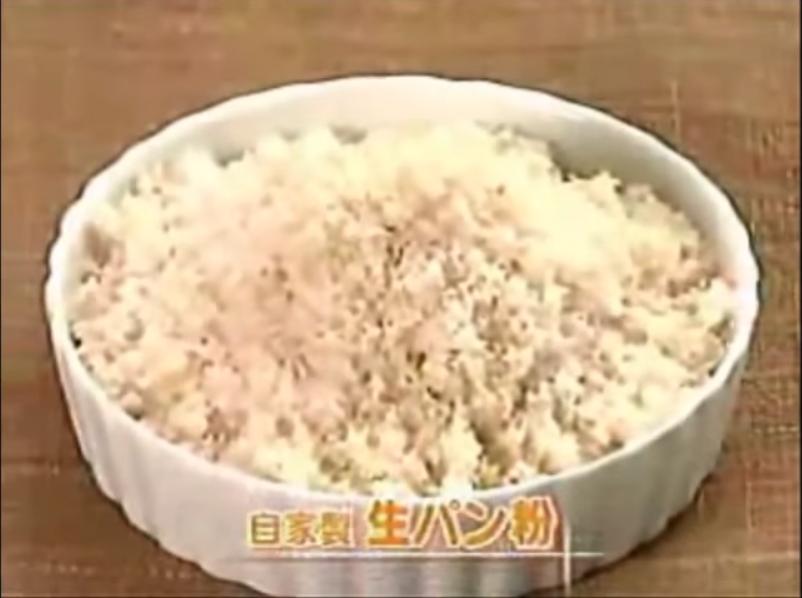
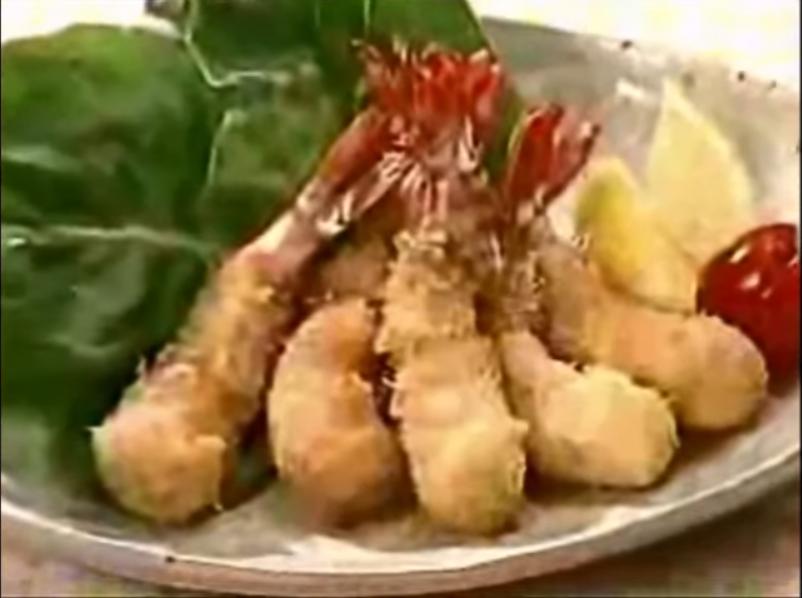
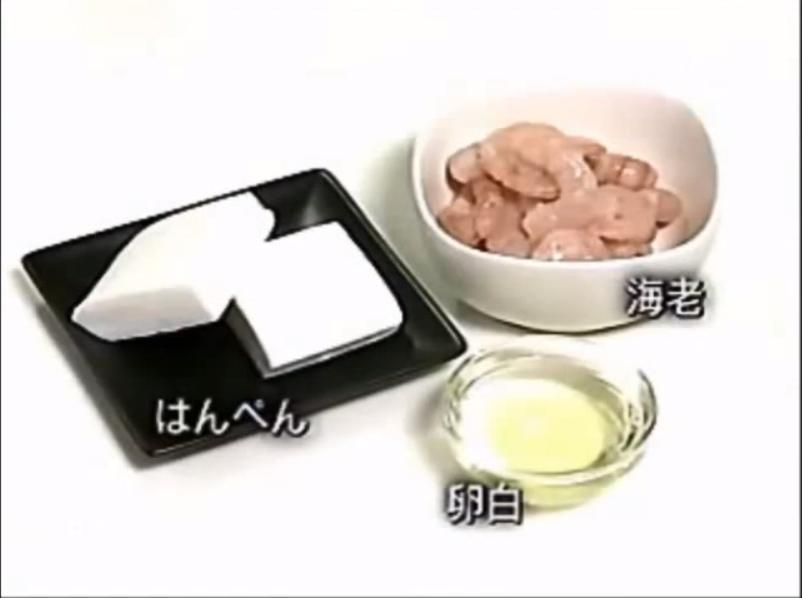
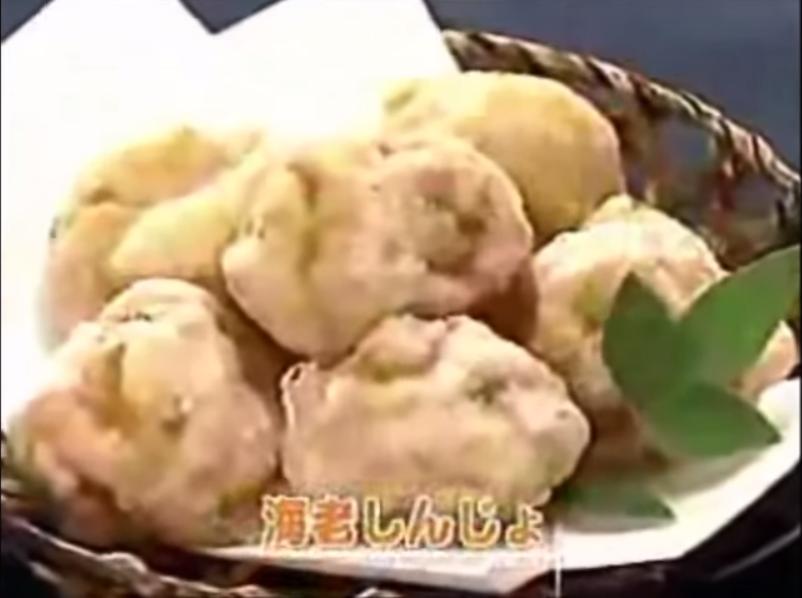

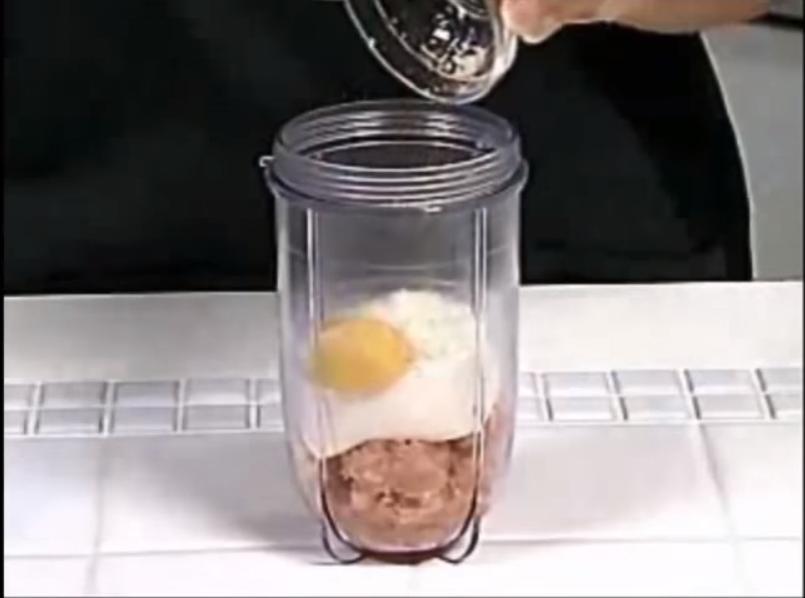
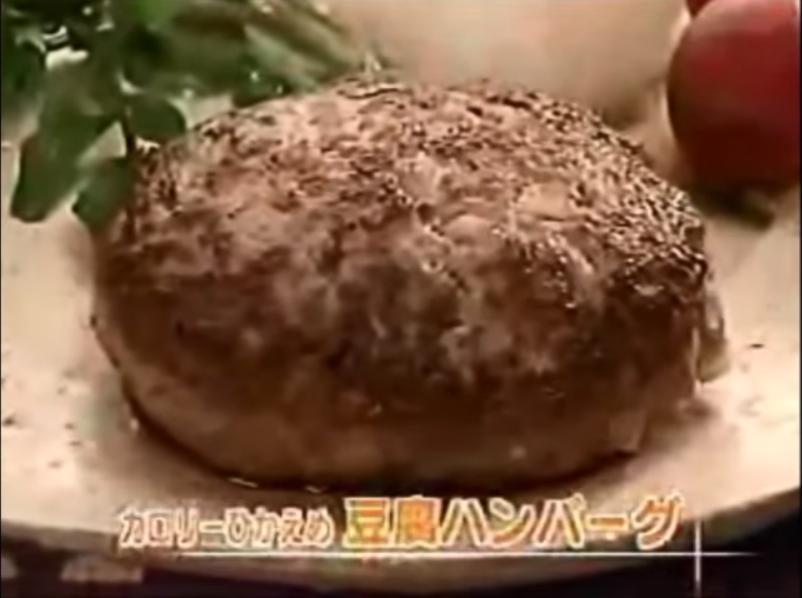
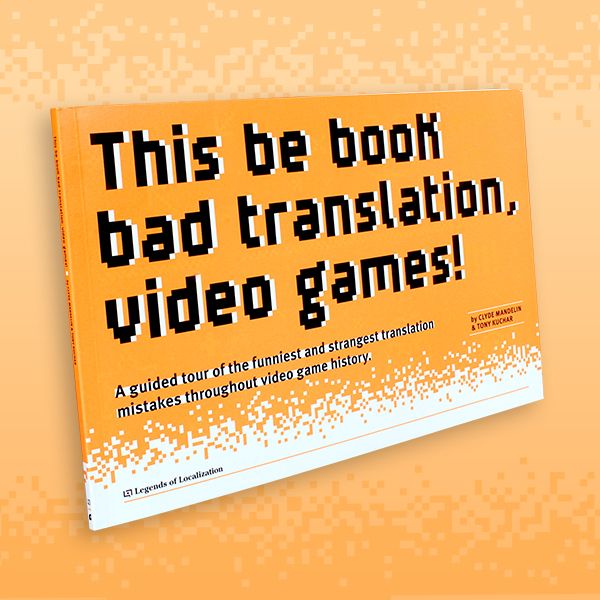
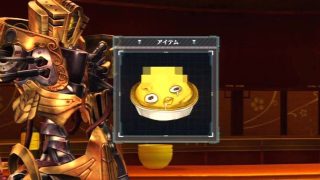

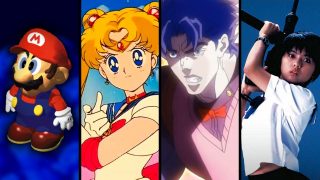
Just set it and forget it.
Seeing a sour cream commercial and it shows these people happy to eat it straight out of the container like some kind of heavenly bliss. I don’t think that’s exactly the sort of food to eat like that. Nor to stick on EVERYTHING you eat. :p
Well shoot, now I want to get a Magic Bullet!
Uh, isn’t it just a fancy blender?
That someone is shown smoking so prominently really does show how old this is: Even superhuman badasses with regenerating lungs in ultra-violent works clearly not for kids (Wolverine) aren’t allowed to smoke in media today. Not even prexisting works are safe.
As for the food inclusion, grated cheese was the most interesting cut. It can’t be the rarity of lactose tolerance because the alfredo is still there.
I recall there being discussion on digitally editing out cigarettes in old movies at some point. A few years ago the MPAA was sued with the claim that smoking in movies was directly responsible for hundreds of thousands of deaths per year. The claimants lost the case.
>Uh, isn’t it just a fancy blender?
The point of infomercials is for the most part to spend ungodly amounts of time trying to convince at least some viewers that no, it’s not, it’s something they definitely don’t already own and absolutely need to buy. Cooking utensil infomercials tend to be the most insistent ones, since they’re generally the ones trying to push products that don’t actually stand out in any interesting way in the slightest.
I had a Magic Bullet once, though I only ever used it for those super healthy smoothie recipes in the book it came with. Eventually, it went kaput (we only had it for a year or so and it started dripping the smoothies outside of the container), so it didn’t leave too much of an impression on us.
Detailed ordering instructions for Grandma. I guess they’re not shy about who they’re trying to take advantage of.
So basically they took the infomercial and did a reverse Power Rangers deal on it, lol.
Magic Sentai Bulletranger?
Along the lines of the altering of the foods between them, just had a tangentially related question…
Does English to Japanese stuff have it’s own ‘Jelly Donut’ type thing? Like an American food that appears that they call something else entirely?
It’d be funny if in some show at some point there was an actual donut they dubbed into a rice ball 😛
The thing that sticks out to me (just from the screenshots) is that all the American foods are on countertops or tables, in rooms that you may see food in, while the Japanese food mainly seem to be lost in a white void.
I have been playing games since I was twelve and I like all the news portals that bring me fresh news
I come here to learn and discover stuff about Japan, video games, and I also learn about American culture more than I expected.
When I started to play the video, I was thinking “Well, let’s get a quick glance to compare” and I saw the play bar loading… and the red only filling a tiny bit of it… And I saw that this thing is 30 minutes long?
I think the closest I ever seen here is the “demos” given by “TV shopping” shows, and the 2 minutes looping videos in DIY supermarkets, usually for electric tools.
30 minutes of cheesy advert? who does that? and more importantly… who watch that?
Infomercials were a big part of late night TV “culture” from the mid-80s into the 2000s. Maybe even later, though it’s been a long time since I watched television for any length of time. For many television stations, it wasn’t financially viable to license content for the “night owl” block, and, after some FCC deregulation allowing what would once be considered excessive commercialization, cheesy infomercials (and televangelist blocks) filled the void of providing something resembling entertainment while paying TV stations to keep the lights on. Before this, TV stations that didn’t feel it worth airing syndicated reruns actually powered down at night to save money. As for the length, TV stations required the purchasing in 30-minute blocks, so that’s why infomercials tend to be 30, 60, or 90 minutes long. You’re not actually supposed to watch the whole thing. The idea is to snag channel surfers some time within the period. If you watch an infomercial for more than 10-15 minutes it basically starts repeating.